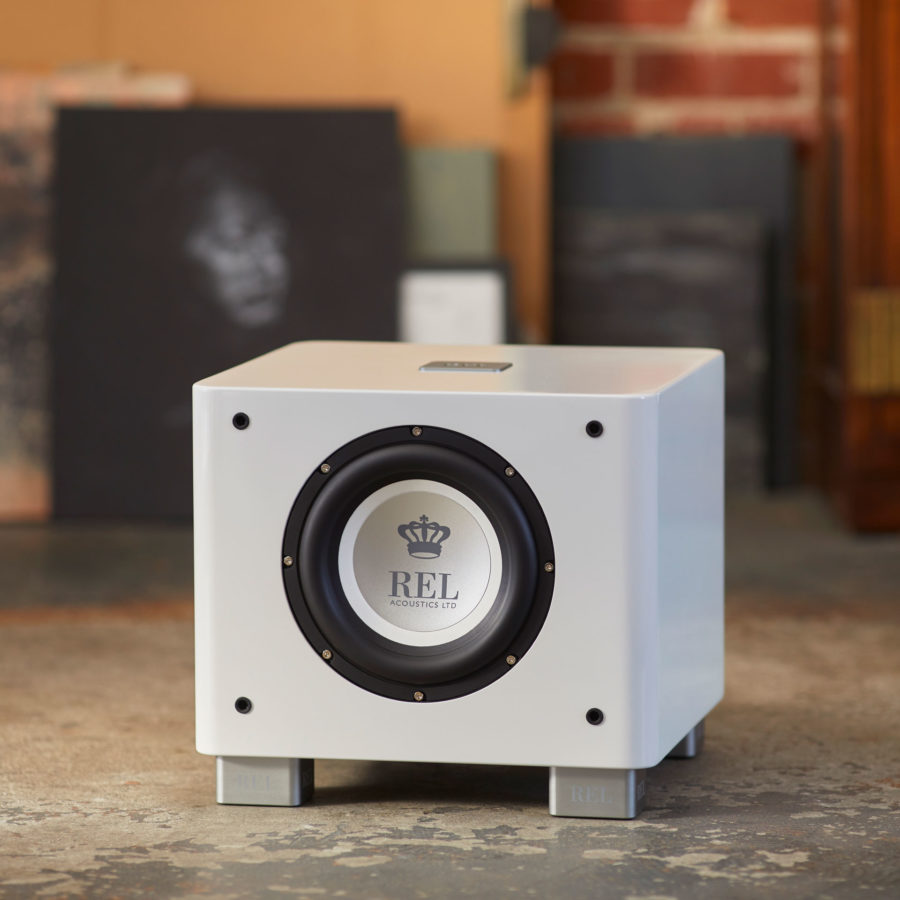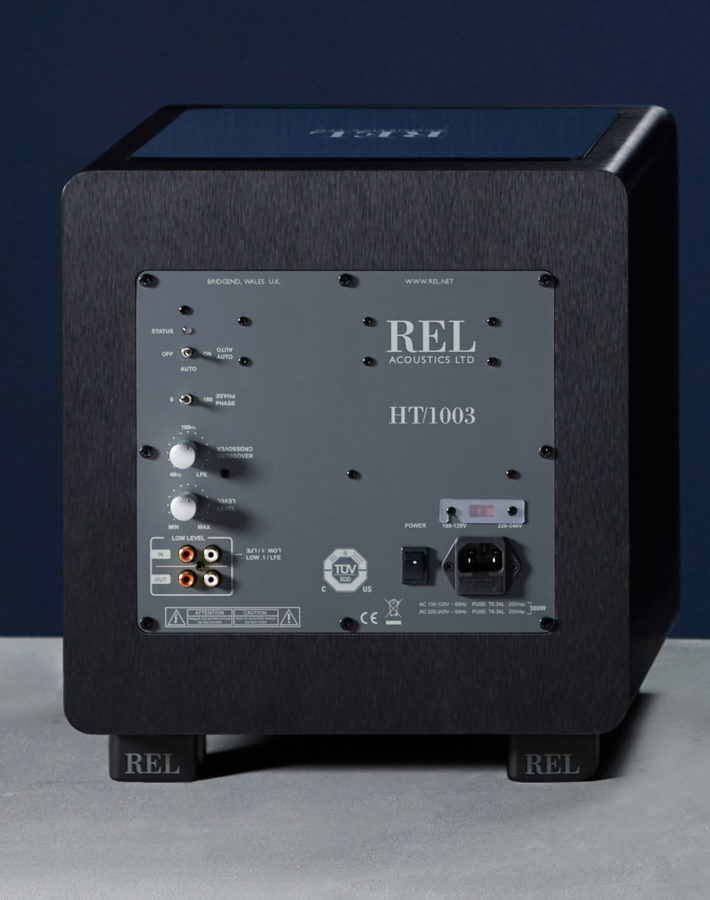Blog
Measuring Up To The Competition
“How do you guys do it”? I got this question from a friend who is an engineer for another audio company after watching a YouTube review. Recently, a couple of young, fun YouTubers from Canada conducted a comparison test of three cool, new subwoofers. Of these, the new REL T/7x had by far the fewest watts, at 200W, a relatively small 8” active driver, and no DSP. This was compared to the competition that claims 2500 watts peak power, multiple active drivers, and DSP.
The first phase of the test was the basic question many viewers want to know upfront: which one plays the loudest and goes the deepest when used for theatre? Both reviewers were absolute in their judgement that the REL T/7x clearly played significantly louder and extended deeper than the other subwoofers. They were stumped at how this could be so given the specs of the other subwoofers compared to the REL subwoofer. In fact, the reviewers wondered aloud about the accuracy of some of the other subwoofer specs.
Do we measure or rate things differently than other companies? Our specifications are remarkably free of the technical posturing that seems to be the usual stock in trade for subwoofer companies. The answer is “Yes” ––some of the time.
When I first started down this design path almost two decades ago, I recall amplifier companies sending us their (well-reviewed) amplifiers for consideration. One such amp was used successfully in a loud, great selling subwoofer from a major US speaker company. We couldn’t understand how they could achieve a price of $399 for a 350 watt 10” sub in a moderately large cabinet. Regrettably, using our no-nonsense methodology we achieved a rating of 58 watts. For half a second. Then a hybrid Class D amp company heard about us and sent us their 600 watt amplifier, and we found it sadly unimpressive at 170 watts.

So clearly REL watts and some amplifier manufacturer’s watts are different. It’s too lengthy and deadly dull, boring stuff to dig into the details, but suffice it to say that we require our amps to run at full power into a load that precisely mimics our intended driver for long periods of time. We also test them at very low frequencies, whereas many subwoofer amplifiers achieve an impressive wattage reading at 100 Hertz. Umm, that completely misses the point because you’re about an octave away from being vaguely in the target useful frequency range and 2 octaves away from where a subwoofer needs to perform.
And we know enough not to try to cram a 10-pound brick into a 2-pound bottle. Many competitor’s super compact subs are compromised before they ever get out of the design lab. I suspect it’s their marketing and sales teams requesting big wattage numbers, but the smaller you make the cabinet, the MORE power required to make something out of so little. Except that approach ultimately fails because the air spring (the resistance of the air inside a sealed cabinet) inside this tiny cabinet is so stiff that even lots of power doesn’t overcome the size constraint. So now, you’re throwing lots of power (let’s assume our competitors are good honest types who don’t fudge their numbers like the two examples I gave earlier) at a problem AND you’re burdening the product with higher cost because, all things being equal, more watts cost more than less watts.

Which leads us to the use of DSP, a tool that has become a kind of siren call for those who mistake gratuitous use of technology as progress. Remember when “Digital” was emblazoned on every CD to implying that “digital” was inherently superior to analog? Digital Signal Processing, like any other tool in a designer’s toolbox is only as good as the designer. Use it as a crutch to smash every little variation in frequency into super flat response, or to extend the bass to ridiculously low frequencies just to pad your spec sheet and build your product street cred, will end up sounding like crap. Use it as one company does to roll off the deep bass and to limit greatly how loud their sub will play when faced with truly demanding loud and low passages in movie or music applications and you should be forced to use the slogan, “when the going gets tough, we head for the hills.”
In the end, products sound great because people who know what great sound actually sounds like do not cut corners and make damned sure that great sound is the standard. I can assure you, in my entire career, I have never experienced a product that offered specs that strained credulity, claiming the design team had somehow fooled the laws of physics into remission, and actually sounded great.
So that’s the simple truth as to why our products deliver the performance they do. We don’t lie. We measure things conservatively always with the intent of producing reliable long-term investments. And we don’t try to force physics to act in a way it never will. We listen scrupulously, forensically during every aspect of development and when it’s right and it’s better in every way than its forbear, we release it as a new product.











